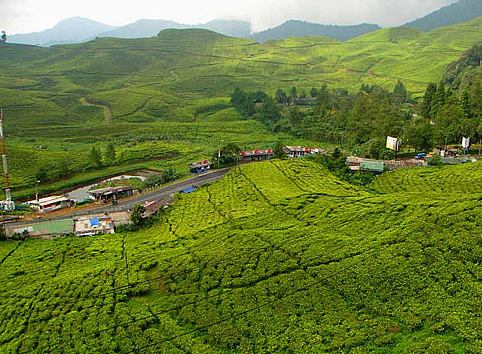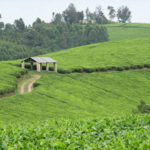Uganda’s tea production is expected to rise by 3.4 percent this year, boosted by a maturing new crop and good rains, an industry official has said.
Tea is one of Uganda’s main exports, alongside coffee and tobacco, and an important source of foreign exchange though many Ugandans consume it locally.
George William Ssekitoleko, the Executive Secretary of the Uganda Tea Association (UTA), said production this year could go up to 60 million kilogrammes, a 3.4 percent increase from an output of 58 million kilogrammes realised in 2016.
“For about two to three years, the government has been distributing seedlings to farmers. Some of this crop is now ready for harvest,” Ssekitoleko said. Most growing areas were also receiving higher-than-average rains, he added.
Ssekitoleko said increased output would most likely come from districts in northwestern Uganda, where the government has been distributing free seedlings to expand the crop’s cover from traditional growing areas in the centre and southwest.
The majority of Uganda’s leaves, produced on around 25,000 hectares of land, are sold at Kenya’s Mombasa tea auction.
Uganda has over twenty companies selling tea at the Mombasa Tea Auction.
With extra acreage planted in recent years, Ssekitoleko said Uganda’s production had the potential to reach 70 million kilogrammes but that frequent droughts were a big problem.
Progressive shifts in traditional weather patterns have seen increasingly erratic and scarce rains in Uganda, exacting a heavy toll on the country’s mostly rain-fed agriculture, he said.
Arable land is also increasingly lost to human settlement in a country with an annual population growth rate of 3.2 percent, potentially limiting the area for expansion of acreage for key crops like tea, coffee and sugar cane.








